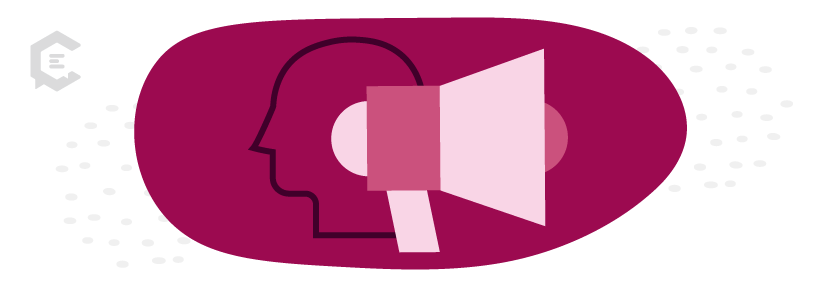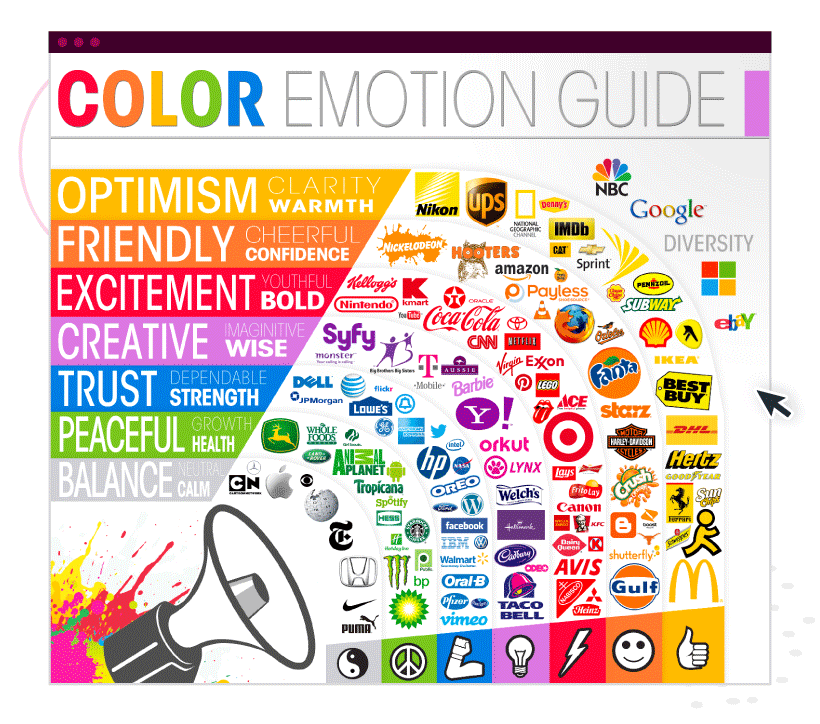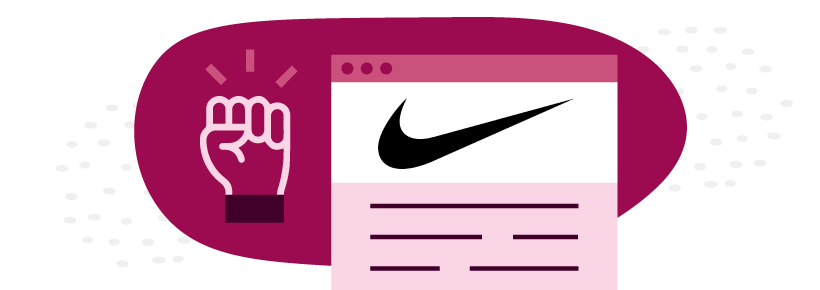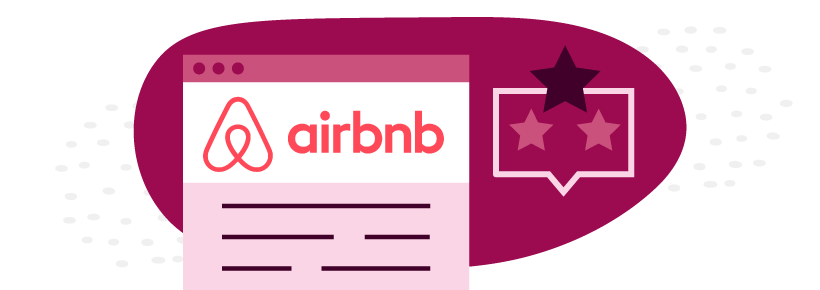While waiting in line at the checkout lane, you see a small display of chocolates on sale near the counter. You grab a few and add them to your basket. That’s marketing psychology in action.
You see throngs of people rushing into a popular retail store. Wondering what’s going on, you read the giant sign on the window: “Buy one, take one until supplies last.” That’s another example of marketing psychology in action.
But what exactly is marketing psychology? How can it help you create more effective campaigns?

Defining Marketing Psychology
Marketing psychology is a specialized area within marketing. It incorporates psychological principles into marketing strategies to influence consumer decisions.
Buying decisions aren’t always rational. They can be swayed by factors such as emotions, motivations, and cognitive biases. By understanding what drives a customer to make a purchase, marketers can craft campaigns that resonate with the intended audience.
How psychology impacts consumer decisions
Various psychological factors and processes shape human behavior. These include:
- Emotions and feelings: People often buy based on how a product or service makes them feel. For example, they may purchase a luxury item not for its utility but because it makes them feel special or prestigious.
- Perception and attention: Consumers perceive products and advertisements differently based on sensory input and how they process information. Marketers can use elements such as color and design to influence consumers’ perception of a product’s quality or value.
- Motivation and needs: Humans have specific needs. Businesses can offer products or services that meet those needs. For example, a fitness center addresses the need for physical activity and well-being.
- Social influence: People tend to conform to social norms, while peer pressure can force individuals to make certain choices or engage in specific behaviors.
- Brand associations and attitudes: A well-constructed brand can evoke positive emotions. For example, people often associate the Coca-Cola brand with happiness and nostalgia.
Key Psychological Principles in Marketing
Marketing psychology principles tap into the different aspects of human behavior. Here are some of the most notable:

The principle of reciprocity
This principle suggests that when people receive something of value, they tend to give something in return.
In marketing, we see this in strategies such as free trials, samples, or giveaways. When you provide people with something valuable, they may feel obligated to return the favor. This can lead to more sales and brand loyalty.
Social proof and its influence
Social proof happens when people look to the actions of other people to guide their own, especially in unfamiliar or uncertain situations. The more people performing a specific action, the more people are likely to follow suit.
In marketing, brands leverage social proof in customer reviews, testimonials, user-generated content, and trust badges and certifications.
The scarcity mindset
The scarcity mindset taps into the fear of missing out (FOMO). It recognizes that people tend to attach more value to items that appear elusive or scarce.
In marketing, we see the scarcity mindset in limited-time offers, exclusive memberships, and one-time events. The goal is to create a sense of urgency so customers make quick buying decisions.
The anchoring effect
The anchoring effect describes people’s tendency to use the first piece of information they encounter (the anchor) to make subsequent decisions. For example, suppose an employer negotiates a salary of $70,000 during a job interview, even if the applicant wants a significantly higher salary. In that case, their decision will likely be influenced by the $70,000 anchor.
Marketers can use anchoring to present prices. They first present a higher-priced product to make subsequent lower-priced options more appealing. The same goes for discounting. When you show a product’s original, higher price before revealing the discounted price, the latter becomes significantly more enticing in comparison.
The power of storytelling
One fundamental aspect of human nature is our love of stories. Marketers can use storytelling to craft narratives that engage, captivate, and evoke emotions.
Leveraging Psychology in Marketing Strategies
From personalization to emotion-driven marketing, unlocking the factors influencing decision-making is key to building marketing campaigns that resonate.

Personalization: Making it about the consumer
When asked to define personalization, respondents in a McKinsey survey associated it with “positive experiences that made them feel special.” Personalization leverages several aspects of marketing psychology:
- Consumer engagement: You’re more likely to capture and maintain a customer’s attention with personalized experiences or content that resonates personally.
- Relevance and self-identity: Products or messaging tailored to customers’ unique interests satisfy their need for relevant offerings. They also appeal to their sense of self. For example, delivering hiking-related content or showing hiking gear to an avid hiker.
- Reciprocity: Customers are more likely to respond to brands that invest in personalized content.
- Preference-based decision-making: People make choices based on personal preferences.
Personalization in marketing can include customized email content, product recommendations, and personalized advertising.
Color psychology in branding
Color psychology explores the wide range of emotions and cognitive associations the different colors can trigger. Marketers can align their brand colors with the emotional responses they want to evoke in their audiences.
For example, red signifies excitement, urgency, and passion. Blue exudes trust, calmness, and reliability, while yellow symbolizes optimism, warmth, and happiness.

Source: The Logo Company
Emotion-driven marketing: Tapping into feelings
Emotion-driven marketing uses content and messaging that elicit strong emotional responses, such as happiness, empathy, nostalgia, or trust. It capitalizes on strategies such as:
- Emotional storytelling: Stories that highlight challenges and successes invite audiences to empathize with the protagonists, whether they’re real people, fictional characters, or the brand itself.
- Testimonials and personal experiences: Real-life accounts and testimonials from happy customers reinforce a brand’s commitment to its promises.
- Imagery and visual content: Images that capture moments of togetherness, happiness, or accomplishment can forge deep customer connections.
- Humor and empathy: Whether through funny commercials or clever social media posts, humor can make brands more approachable and memorable. Empathy, on the other hand, signals to customers that you “get” them and that you’re on their side.
- Cause-related marketing: A social or environmental cause can trigger feelings of purpose and fulfillment. Consumers develop stronger emotional connections with brands that support causes they care about.
Trust and credibility signals
People don’t buy from brands they don’t trust. To build trust, consider the following key pillars:
- Transparency: Be open and honest about your products, services, and business practices.
- Consistency: Deliver consistent messaging, product/service quality, and customer experience.
- Delivering on promises: Fulfill your promises — always. Exceed expectations if you can.
As for credibility signals, which fortify credibility and trust, these are tried-and-tested strategies:
- Customer reviews: Positive customer testimonials signify to potential buyers that your products or services perform as expected. These can help assuage any lingering doubts.
- Industry awards: Recognition from reputable industry organizations is one of the best ways to showcase a brand’s expertise in a certain field.
- Endorsements: Endorsements from experts or influencers provide external validation of a brand’s commitment to quality or excellence.
- Trust seals and certifications: Displaying certifications, badges, and trust seals underscore a brand’s dedication to standards.
- Case studies: These types of content showcase a brand’s ability to deliver results.
Real-world Examples of Marketing Psychology
Many successful brands and campaigns use marketing psychology to drive buying decisions. Here are some examples:

Nike: Motivation
Nike’s “Just Do It” slogan is an excellent example of motivational psychology in action. It mostly uses black or white to create a neutral, calm, and balanced effect. Proof of its enduring impact is the fact that Nike is the world’s most popular sneaker brand.
Coca-Cola: Personalization
Coca-Cola’s “Share a Coke” campaign used personalized labels with individual names. This led to an 11 percent increase in sales in the US, with 1.25 million more teenagers trying a Coke the following summer. If you watch a lot of their commercials, they have a ton of energy and boldness to them, which creates an excitement and youthful feeling that matches their choice of red.
Dove: Self-identity and body positivity
Dove’s “Real Beauty” campaign challenged conventional beauty standards, promoting the idea that all bodies and faces are beautiful. They use a lot of the color blue to instill a “safeness” and dependability to their brand that matches their goal of creating loyalty and trust around their brand through their campaigns.
Amazon: Convenience
Amazon’s one-click purchase capitalizes on people’s need for convenience. By reducing the steps required to make a purchase, it reduces friction in the buying process. If you look at their logo, they use a combination of black and orange, and then normally put that against a blue background. By using multiple colors, they tap into the emotions each one creates to give a sense of excitement that’s balanced with trust and dependability.

Airbnb: Social proof
Airbnb assigns a “Superhost” badge to hosts with exceptional reviews and ratings. The badge reassures potential guests that they’re making the right decision. To help reassure them and generate excitement, Airbnb uses a combination of a red logo that’s mostly against white backgrounds. That builds that excitement that’s counterbalanced by an overall neutral tone.
Apple: Scarcity
Apple has long used the scarcity principle in its marketing campaigns, particularly during iPhone launches. It limits the availability of new iPhone models, creating a sense of urgency and exclusivity — not to mention long lines at stores. Apple is like Nike in that their color scheme is mostly black, white, and gray. All of those colors create a neutral balance and calmness that they want to instill in their customers.
Lowe’s: Dependable
With your home improvement projects, the last thing you want is to walk into and buy from a store that doesn’t feel trustworthy. That’s why Lowe’s has gone with its blue logo color to help it exude trustworthiness. If you listen to the copy in most of their marketing ads, a lot of the keywords they use are “dependable,” “strong,” and “trust.” That combined with their logo helps create the targeted emotional response they’re looking for from their audience – feeling like they’ve found a home improvement solution they can rely on.
Whole Foods: Healthy growth
If you’ve ever gone grocery shopping, you may have been called to the giant green beacon of the Whole Foods logo which is outside their stores. If you think about it, it makes a lot of sense. Whole Foods has positioned itself as a grocery chain that emphasizes health through organic produce, free-range meats, and healthy solutions to junk food. The green also helps instill a peaceful feeling, which is an attractive alternative to other, more hectic, grocery store chains.
Craft Impactful Campaigns With Marketing Psychology
Harnessing the principles of marketing psychology empowers businesses to create campaigns that not only grab people’s attention but also connect with consumers on a deeply personal level. When you get what makes people tick, you can build campaigns that resonate and leave a lasting impression.
Need help leveraging the power of psychology in your marketing content? Connect with a content strategist today to discover more about our managed content creation solutions.



